The death of the American artist Nancy Holt at the age of 75 feels particularly poignant from a UK perspective because the last couple of years had witnessed a significant (and belated) rise in the visibility of her work here. For one of the last exhibitions before its closure, Haunch of Venison held the first UK retrospective of Holt’s work in 2012, filling the two floors of its London showrooms with key moments from her conceptual and land art practice.
These ranged from the early piece Trail Markers, a set of photographs that follow a series of orange dots across the Dartmoor landscape which Holt created on her first visit to the UK in 1969, to images of Holt’s now-iconic Sun Tunnels from 1976. Consisting of four large concrete tubes installed in the Utah desert, pierced with patterns of holes that replicate specific constellations, the Sun Tunnels constantly respond to the changing light of the sun, and speak to the vision and ambition of Holt’s practice.
UK audiences had a chance to hear Holt herself talk about her work alongside a second show of her photographs and films at the Whitworth Art Gallery in Manchester in 2013, and Holt also spoke in detail to Simon Grant for Tate Etc. magazine about the Haunch of Venison show and the importance of her 1969 travels in England and Wales, which she made with her fellow land-artist and husband Robert Smithson. Holt described how in Dartmoor’s Wistman’s Wood, she made her elegiac piece Buried Poem no.1 (for Robert Smithson), for which she secreted a poem written for Smithson into the trunk of a tree, as testament to their intense shared response to the site and the surrounding landscape.
This increase in recognition was a result of interventions such as Alena J. Williams’ important exhibition ‘Nancy Holt: Sightlines’ which travelled the US in 2010, and in 2013 Holt received the International Sculpture Centre’s lifetime achievement award. Long overshadowed by the art of her male contemporaries – not just that of Smithson, but other practitioners such as Michael Heizer and Walter De Maria – Holt’s pioneering work constitutes an important but overlooked seam of land art and conceptual practice, often by women artists, that includes works by Alice Aycock, Mary Miss and Michelle Stuart and which is receiving fresh attention.
The works that Holt created in response to the land explore the contrasting experiences of place and displacement, and the shifting mental geographies that overlay the tangible terrain. Works such as the Buried Poems have an eerie, other-worldly quality, and are part of a rich and complex practice that, in Holt’s case in particular, remains to be fully explored and understood by curators, critics, and art historians.
Unlimited access from just $16 every 3 months
Subscribe to get unlimited and exclusive access to the top art stories, interviews and exhibition reviews.

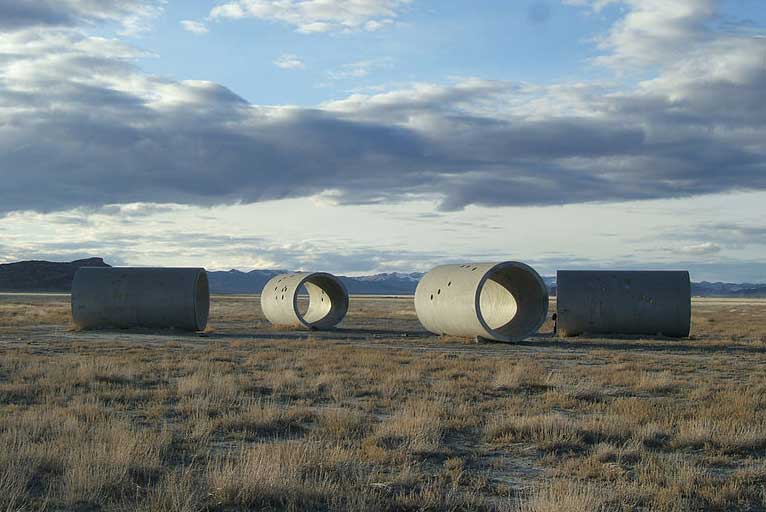
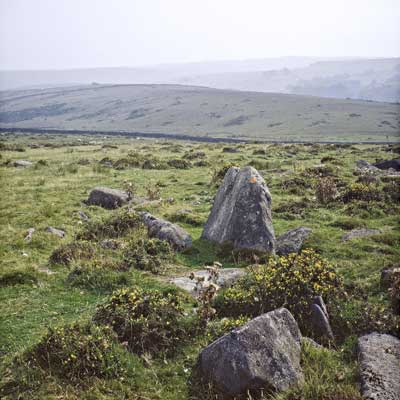
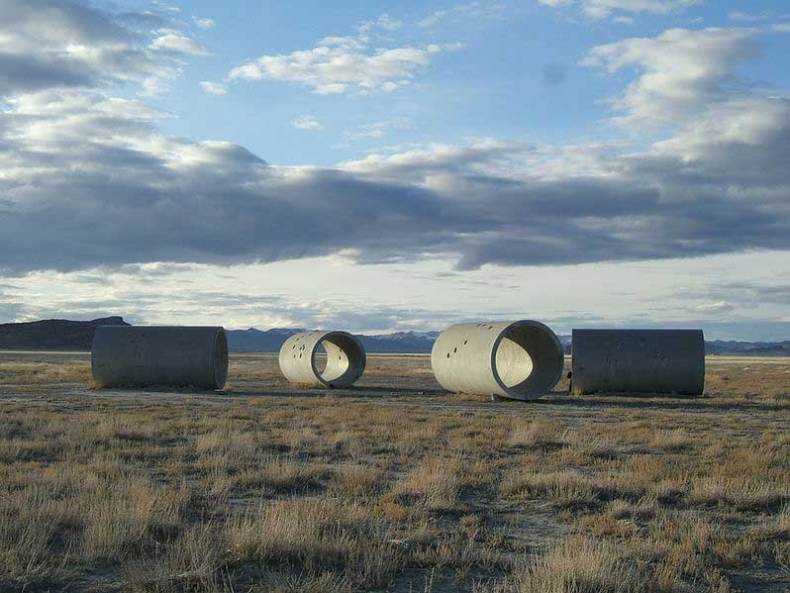
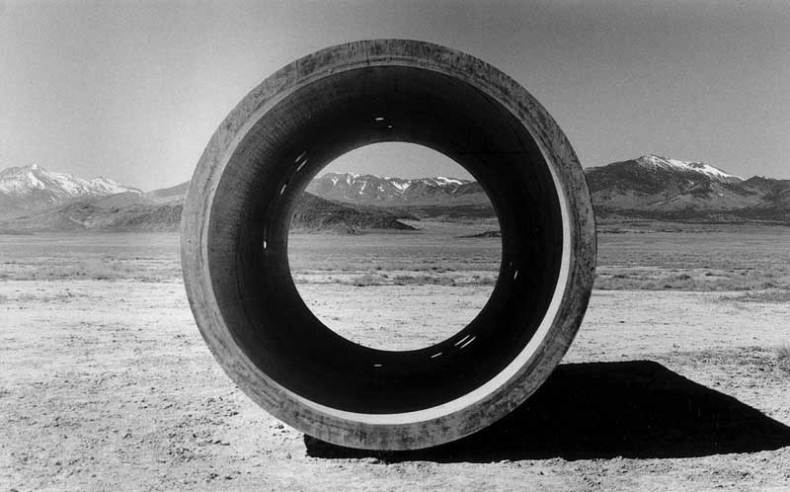
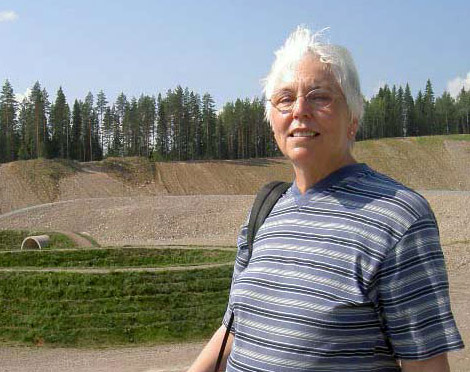
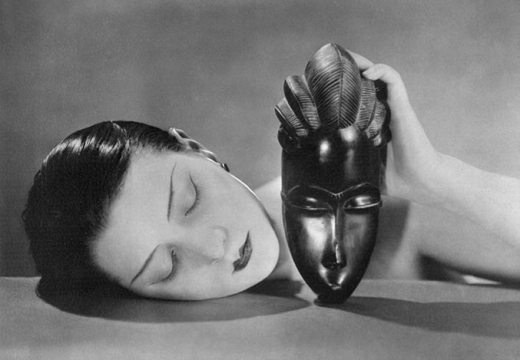
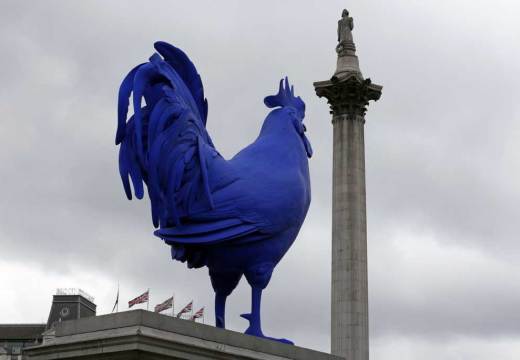
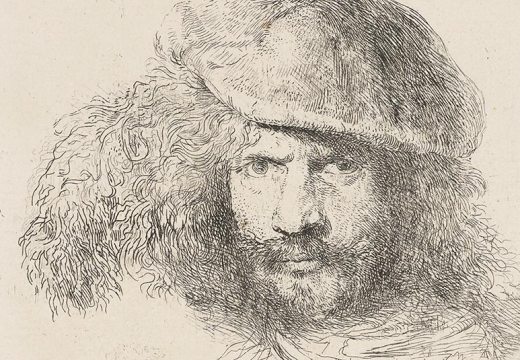









![Masterpiece [Re]discovery 2022. Photo: Ben Fisher Photography, courtesy of Masterpiece London](http://www.apollo-magazine.com/wp-content/uploads/2022/07/MPL2022_4263.jpg)
Why are fathers so absent from art history?